Imagine stepping into your backyard or onto your balcony and being greeted by a lush, cascading wall of vibrant greens, ripe tomatoes, and aromatic herbs. Vertical vegetable gardening is not just a space-saving solution; it’s a transformative way to turn even the smallest of spaces into a bountiful paradise. Whether you’re a seasoned gardener with a green thumb or a beginner just dipping your toes into the world of soil and seeds, vertical gardening offers a fresh, innovative approach to growing your own produce.
In this article, we’ll explore the ins and outs of starting your very own vertical vegetable garden, providing practical tips and insights to get you started. You’ll discover how to select the right plants, optimize your space, and create a thriving vertical oasis that reflects your personal style and taste. As we dive into the essentials, you’ll learn how to make the most of your environment, whether you have a sprawling yard or a cozy apartment balcony. Get ready to embark on a gardening adventure that not only maximizes your space but also brings the joy and satisfaction of harvesting home-grown vegetables within arm’s reach.
Select a Suitable Wall Space
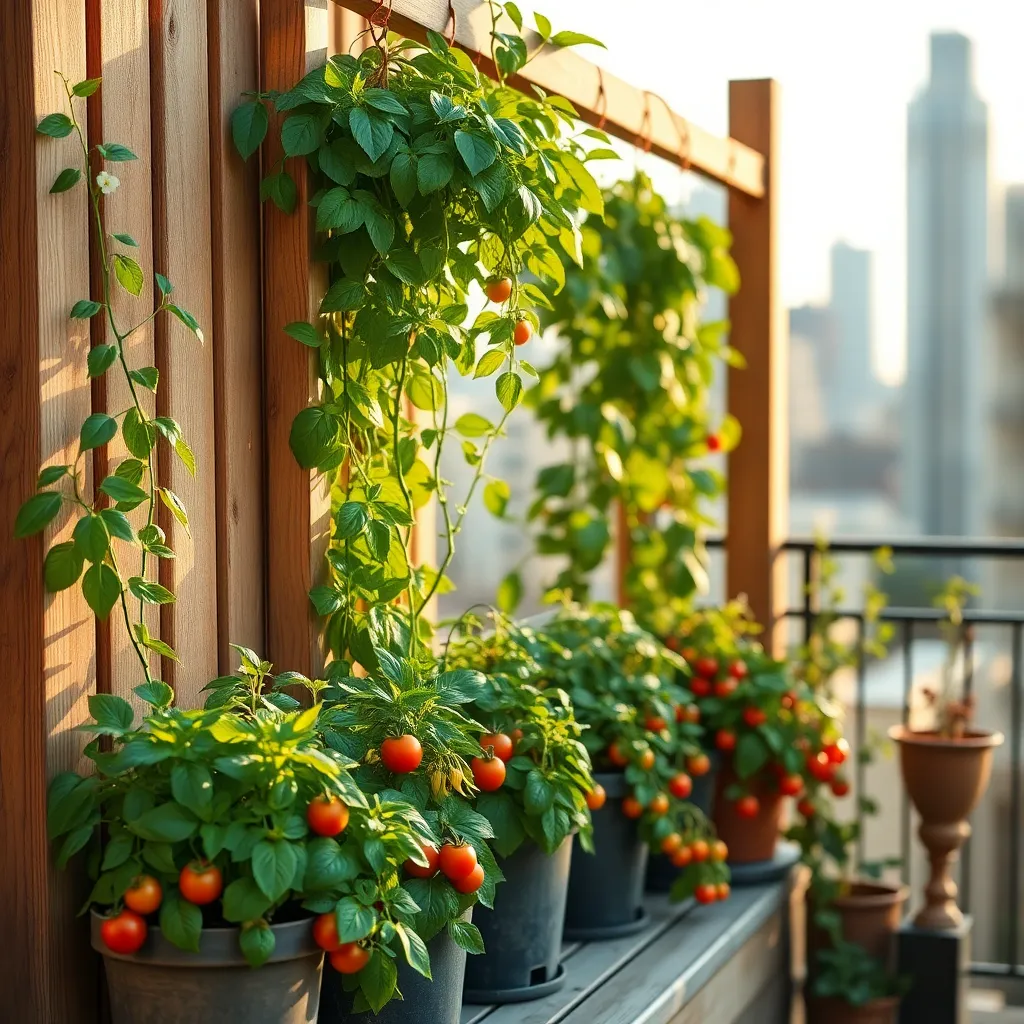
When choosing a wall space for your vertical vegetable garden, consider its exposure to sunlight. Most vegetables require at least six hours of direct sunlight daily, so a south-facing wall is ideal for maximizing sun exposure.
Be mindful of the wall material as it can affect the temperature around your plants. Walls made of brick or stone can absorb and radiate heat, providing additional warmth that can benefit heat-loving plants like tomatoes and peppers.
Ensure the wall space is structurally sound enough to support the weight of your vertical garden. Use sturdy materials like metal brackets or heavy-duty hooks to securely attach planters and frames, preventing potential damage or collapse.
Access to water is crucial, so choose a wall near a water source for convenience. Installing a drip irrigation system can be an efficient way to maintain consistent moisture levels, especially for water-demanding vegetables like cucumbers and leafy greens.
Choose Vertical Garden Structures
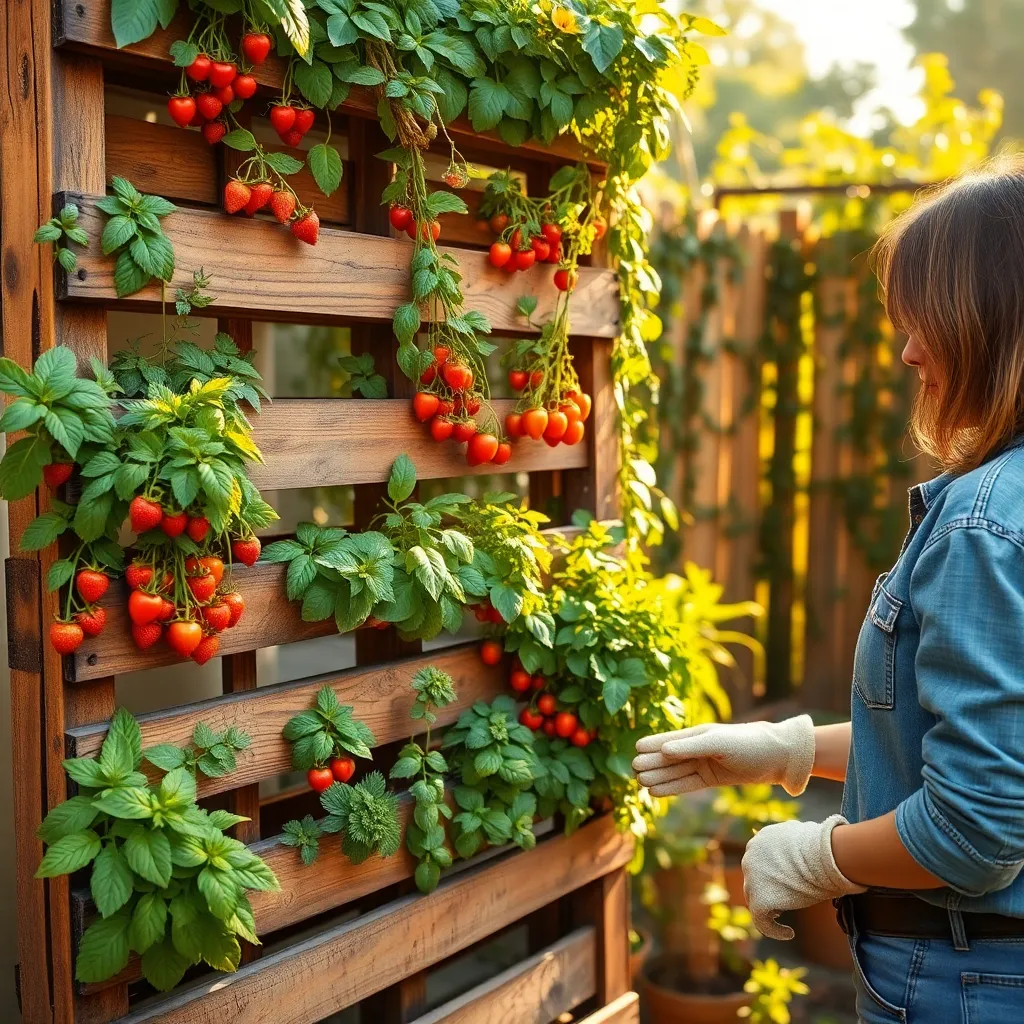
Vertical garden structures come in many shapes and sizes, and choosing the right one is crucial for the success of your garden. Options include trellises, wall planters, and A-frame structures, each offering unique benefits depending on the types of vegetables you plan to grow.
For beginners, wall planters are an excellent choice due to their simplicity and ease of installation. They allow for easy access to your plants and work well with herbs and smaller vegetable varieties like lettuce and spinach.
Consider using a sturdy trellis if you want to grow climbing vegetables such as peas or cucumbers. Ensure the trellis is made of durable materials like metal or treated wood to withstand the weight of mature plants and the elements.
Experienced gardeners might try an A-frame structure, which offers flexibility and maximizes space by allowing plants to grow on both sides. This setup is ideal for heavier crops like tomatoes, which require strong support and plenty of sun exposure.
Install Irrigation Systems
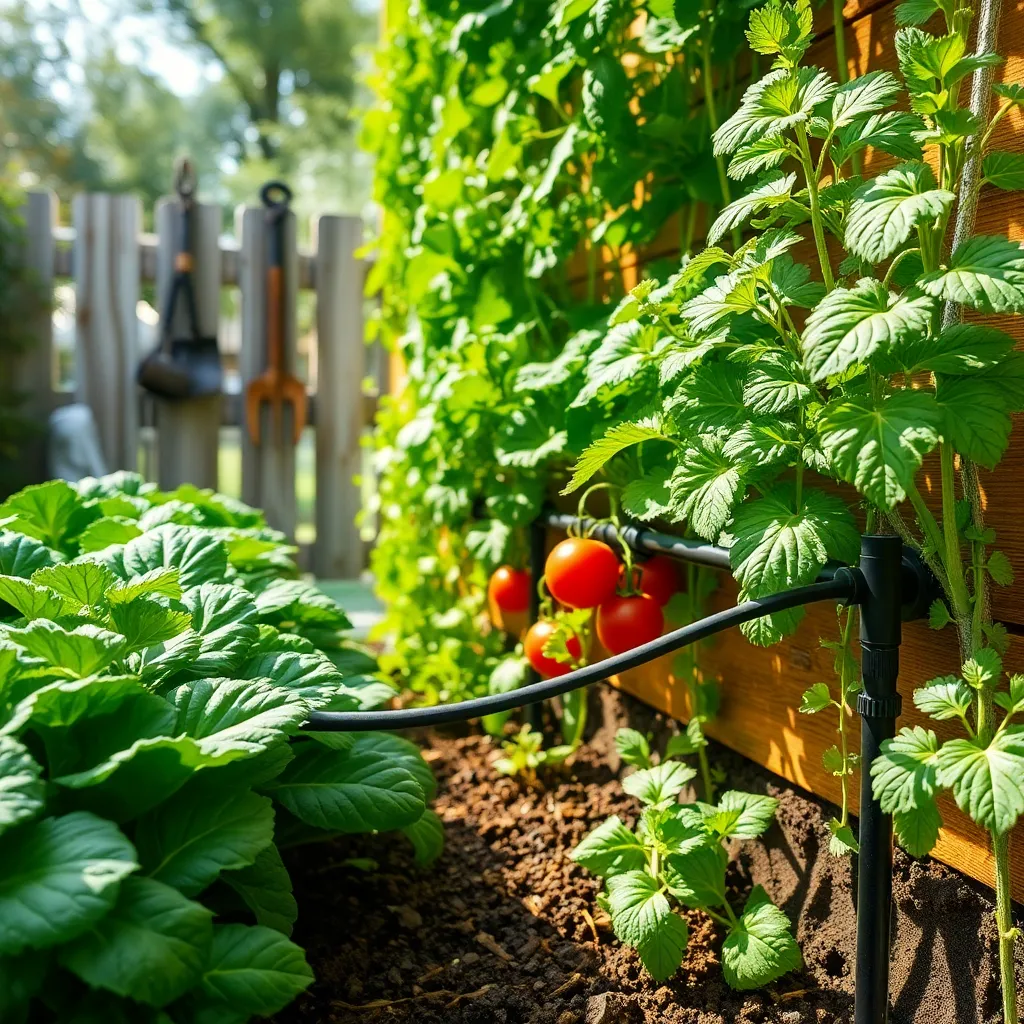
Once you’ve chosen your vertical garden structures, it’s time to consider how you’ll water your plants efficiently. Installing an irrigation system can save time and ensure your vegetables receive consistent moisture, which is crucial for their growth.
Drip irrigation systems are particularly effective for vertical gardens. They deliver water directly to the plant roots, minimizing waste and reducing the risk of over-watering. To set up a drip system, you’ll need to secure tubing along your vertical structure, ensuring each plant gets adequate coverage.
Using a timer with your irrigation system can further enhance its efficiency. Set the timer to water during early morning or late evening when evaporation rates are lower, which helps conserve water and keeps plants hydrated. For beginners, start with a watering schedule of two to three times a week, adjusting based on your plants’ specific needs and local climate.
Advanced gardeners might consider integrating a moisture sensor into their irrigation setup. These sensors can automatically adjust watering based on soil moisture levels, providing a more tailored approach to plant care. Additionally, ensure your system is compatible with the type of water available, such as rainwater or tap water, to optimize plant health and growth.
Plant Vegetable Seedlings
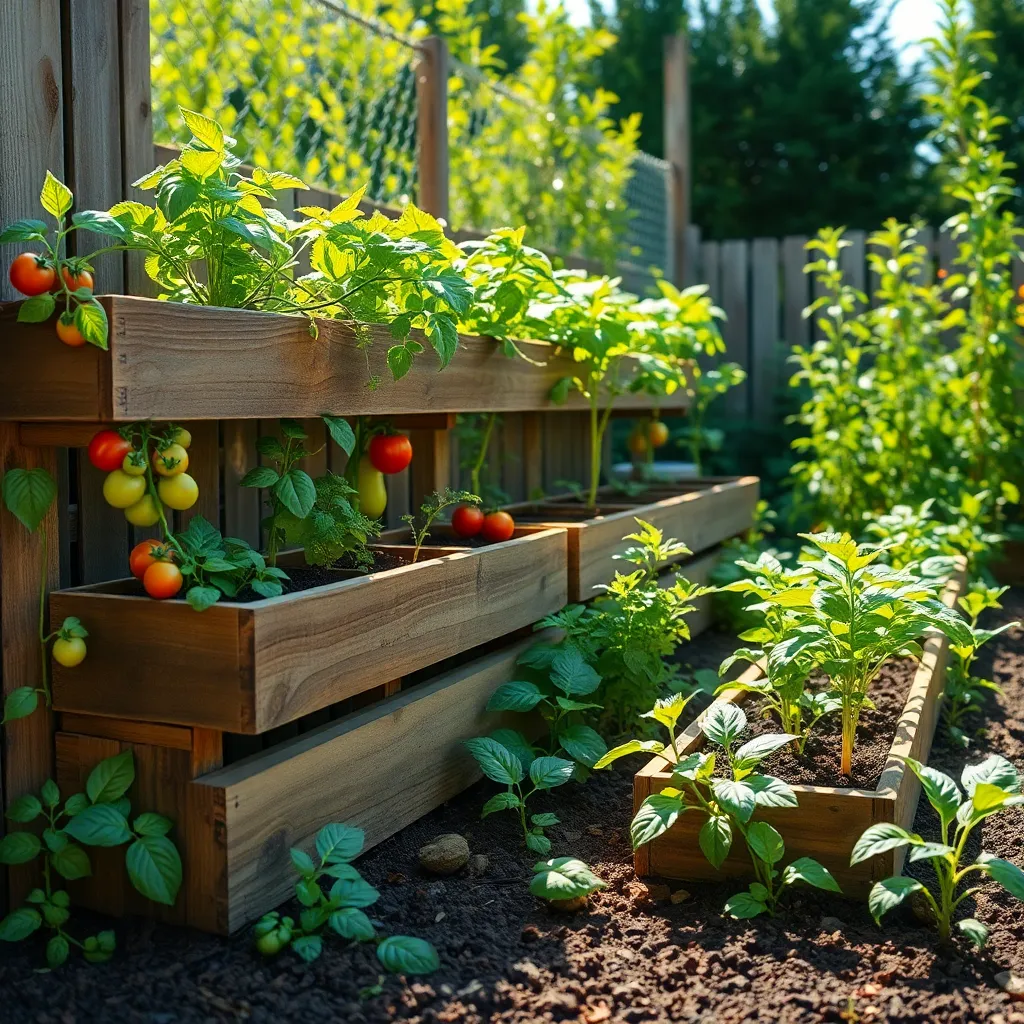
After setting up your irrigation system, it’s time to plant your vegetable seedlings. Ensure the vertical garden structure is sturdy, as it will need to support the weight of growing plants and soil.
Begin by selecting seedlings that are well-suited for vertical growth, such as tomatoes, peas, or cucumbers. These plants naturally climb and will thrive when given support, like trellises or netting, to guide their upward growth.
Prepare the soil by mixing in a rich compost, which will provide essential nutrients to your seedlings as they grow. It’s crucial to use a lightweight soil mix that retains moisture without becoming waterlogged, as vertical gardens often drain more quickly than traditional beds.
Plant the seedlings at the recommended depth, usually covering the root ball with soil and ensuring the base of the stem is level with the surface. Be sure to space them according to the instructions on the seedling tags to allow for proper air circulation and light penetration.
Water your seedlings immediately after planting, ensuring the soil is moist but not saturated. Regular watering is key, especially in the first few weeks, to help the seedlings establish strong roots; however, avoid over-watering as this can lead to rot.
For advanced gardeners, consider using companion planting techniques to naturally deter pests and enhance growth. For instance, planting basil near tomatoes can improve flavor and help to repel insects.
Maintain and Harvest Regularly
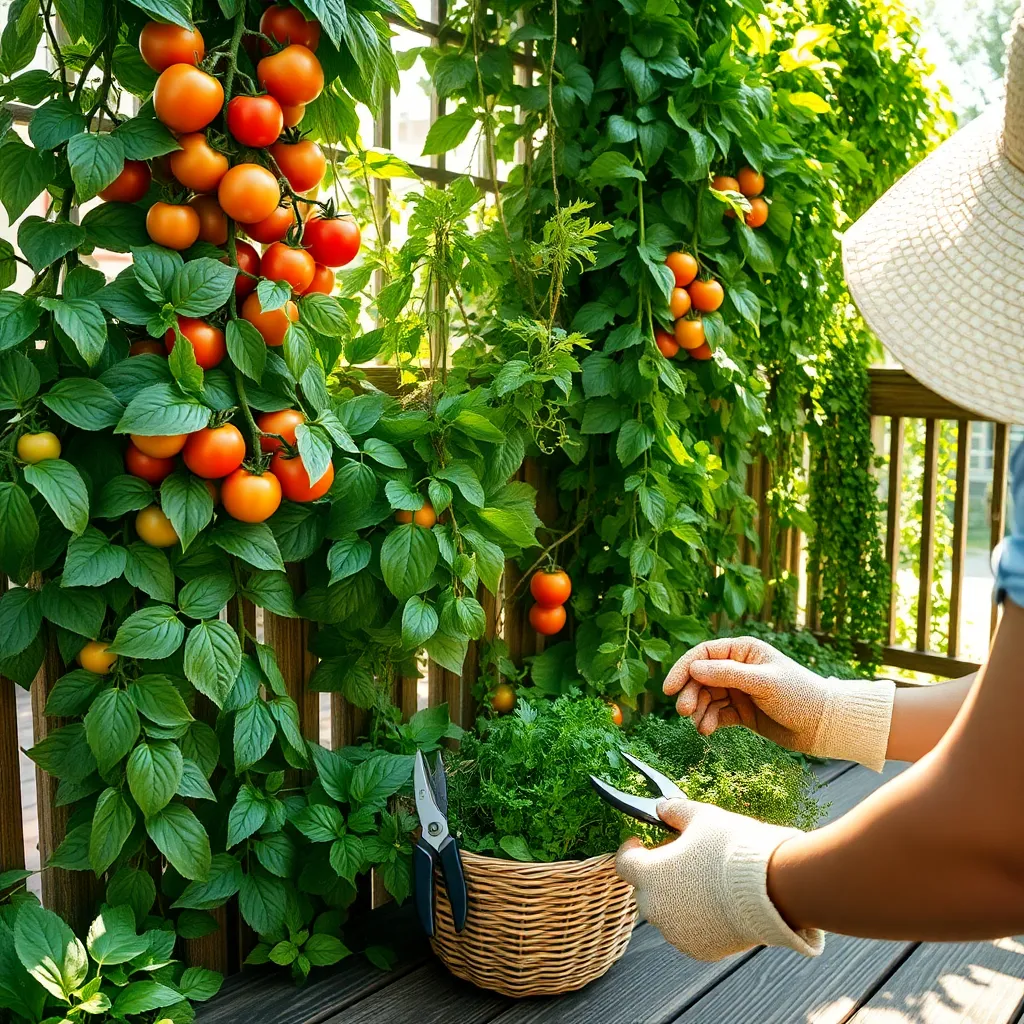
Regular maintenance is crucial for the success of your vertical vegetable garden. Begin by checking your plants daily, ensuring that they are free from pests, and that the soil remains adequately moist.
To keep your plants healthy and productive, prune them regularly. This involves removing dead or yellowing leaves and any unwanted suckers, which helps direct more energy to fruit production.
Watering is critical, especially in vertical gardens where soil can dry out quickly. Utilize a drip irrigation system or self-watering planters to ensure consistent moisture, especially during hot weather.
For advanced gardeners, consider rotating your crops seasonally to prevent soil nutrient depletion. This practice also helps reduce the buildup of pests and diseases, promoting healthier plant growth.
Harvesting vegetables at the right time is key to enjoying the best flavors and textures. For instance, pick tomatoes when they are fully colored but still firm, and harvest cucumbers when they are youthful and crisp.
Make sure to harvest regularly to encourage your plants to produce more. This not only enhances yield but also keeps your garden looking tidy and thriving.
Finally, keep an eye on the nutrient levels in your soil, as vertical gardens can require more frequent feeding. Use a balanced, water-soluble fertilizer every couple of weeks to replenish essential nutrients.
Conclusion: Growing Success with These Plants
In nurturing both your vertical vegetable garden and your relationships, we’ve explored five essential concepts: starting with a strong foundation, fostering growth through consistent care, adapting to change, nurturing diverse environments, and celebrating the fruits of your labor. Just as a well-planned garden can bring beauty and abundance, so can a relationship thrive with intention and effort.
As an actionable step, take a moment today to identify one area in your personal connections where you can apply these principles—whether it’s scheduling regular quality time, being more adaptable to your partner’s needs, or celebrating small victories together.
Remember, growth in relationships, much like in gardens, requires ongoing attention and dedication. Bookmark this article to revisit these insights whenever you need a gentle reminder or a fresh perspective.
By embracing these principles, you lay the groundwork for enduring, flourishing relationships. Here’s to a future where your connections blossom as beautifully as your garden, filled with mutual support, understanding, and joy. Save these insights to cultivate the best possible outcomes in both your relationships and your garden’s growth.
